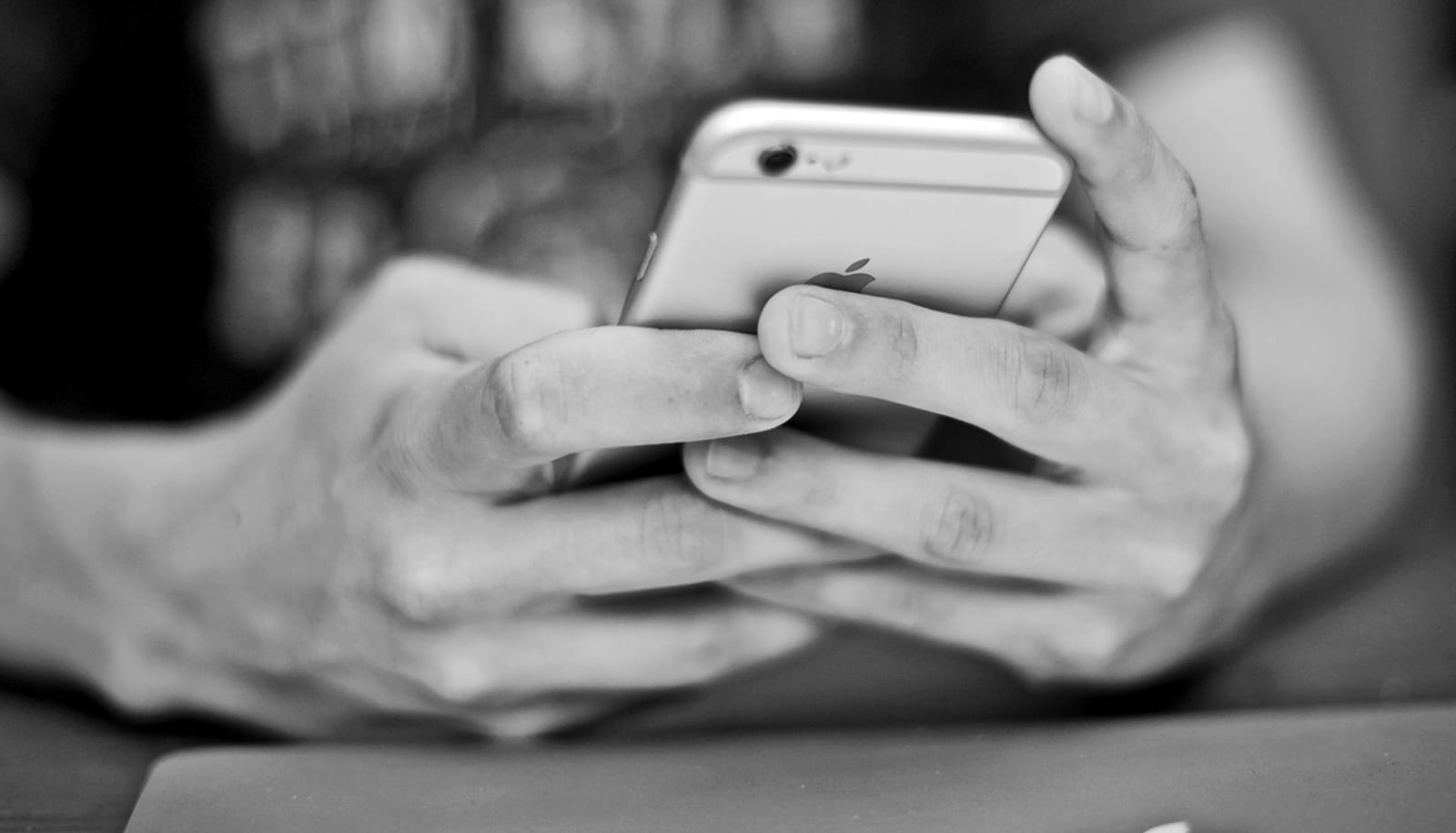Two new studies show emerging awareness of the new 988 Suicide and Crisis Lifeline among both policymakers and the general public—but also point to potential areas of improvement for the vital nationwide service.
In July 2022, “988” became the new number for the National Suicide and Crisis Lifeline, which provides a phone, text, and chat resource for people who are experiencing suicidal thoughts, hopelessness, substance use crises, and other psychological distress.
Similar to dialing 911 in emergencies, the use of a three-digit dialing code for mental health crises is designed to be accessible and easy to remember.
However, public awareness of 988 is off to a slow start, according to a survey conducted this spring. To better understand whether people know about and use 988 depending on their mental well-being, and to get a sense of how much policymakers are communicating about 988, the researchers undertook two studies about the 988 Lifeline during its nascency.
Use and knowledge of 988 suicide lifeline
In one study, the researchers surveyed 5,058 US adults to see if people with varying degrees of psychological distress had different levels of awareness and use of 988.
In the nationally representative, web-based survey of US adults conducted in June 2023, they asked participants about their mental health—including whether they feel nervous, hopeless, depressed, or worthless, and whether these feelings hurt their ability to function.
They also asked participants whether they had heard of 988, if they had used 988 themselves, and about their likelihood of using 988 in the future if they or a loved one were experiencing a crisis or suicidality.
The researchers found that people with serious and moderate psychological distress were significantly more likely to have heard of 988 (47.4% and 45%) than those without distress (40.4%). In addition, 6% of people with serious psychological distress reported using the 988 Lifeline, making them more than 30 times as likely to use the lifeline compared to those with no distress (0.2%) and six times more likely to use 988 than those with moderate distress (1%).
Notably, when asked if they would use 988 in the future if needed, only 30% of those reporting serious psychological distress who had used 988 were very likely to use it again.
“Our findings signal a need for research about satisfaction with the 988 Lifeline among people with serious psychological distress and the extent to which 988—and the resources it connects users to—sufficiently meets their needs,” says Jonathan Purtle, associate professor in the New York University School of Global Public Health, who led the research.
“Launching the 988 hotline has been a critical step for addressing America’s expanding need for mental health services, but we have to get to the bottom of why so many users who were in serious distress wouldn’t use it again—whether that means better training is needed, more resources or other solutions,” says Michael A. Lindsey, dean and professor of social work at the NYU Silver School of Social Work.
Policymakers on social media
In the second study, the researchers examined how elected state policymakers communicated about 988 on social media before and after its launch in July 2022. The researchers analyzed Facebook and Twitter (now known as X) posts mentioning 988 from the accounts of state legislators and Washington, DC council members throughout 2022—about six months before and after the launch of 988.
A total of 1,000 state legislators published 2,041 social media posts about 988 during the period studied. Posts were the most prevalent in California (132.7 per 10,000 posts) and least prevalent in West Virginia (1.4 per 10,000 posts). Democratic legislators were 31% more likely to post about 988 than were Republican legislators.
In addition, more than half of the posts (54%) occurred in July 2022—around the launch of 988. Another 22% took place in September 2022, which was Suicide Prevention Awareness Month, and few posts were published during other months.
“We found that many state legislators actively communicated about 988 when it was launched in July 2022, but that communication was not sustained over time,” says Purtle. “Robust public awareness of the 988 Lifeline and willingness to use in crisis situations is critical to realizing its public health impact.”
Additional coauthors are from NYU, Weill Cornell, and Vibrant Emotional Health, which supports coordination of the 988 Lifeline.
Source: NYU



